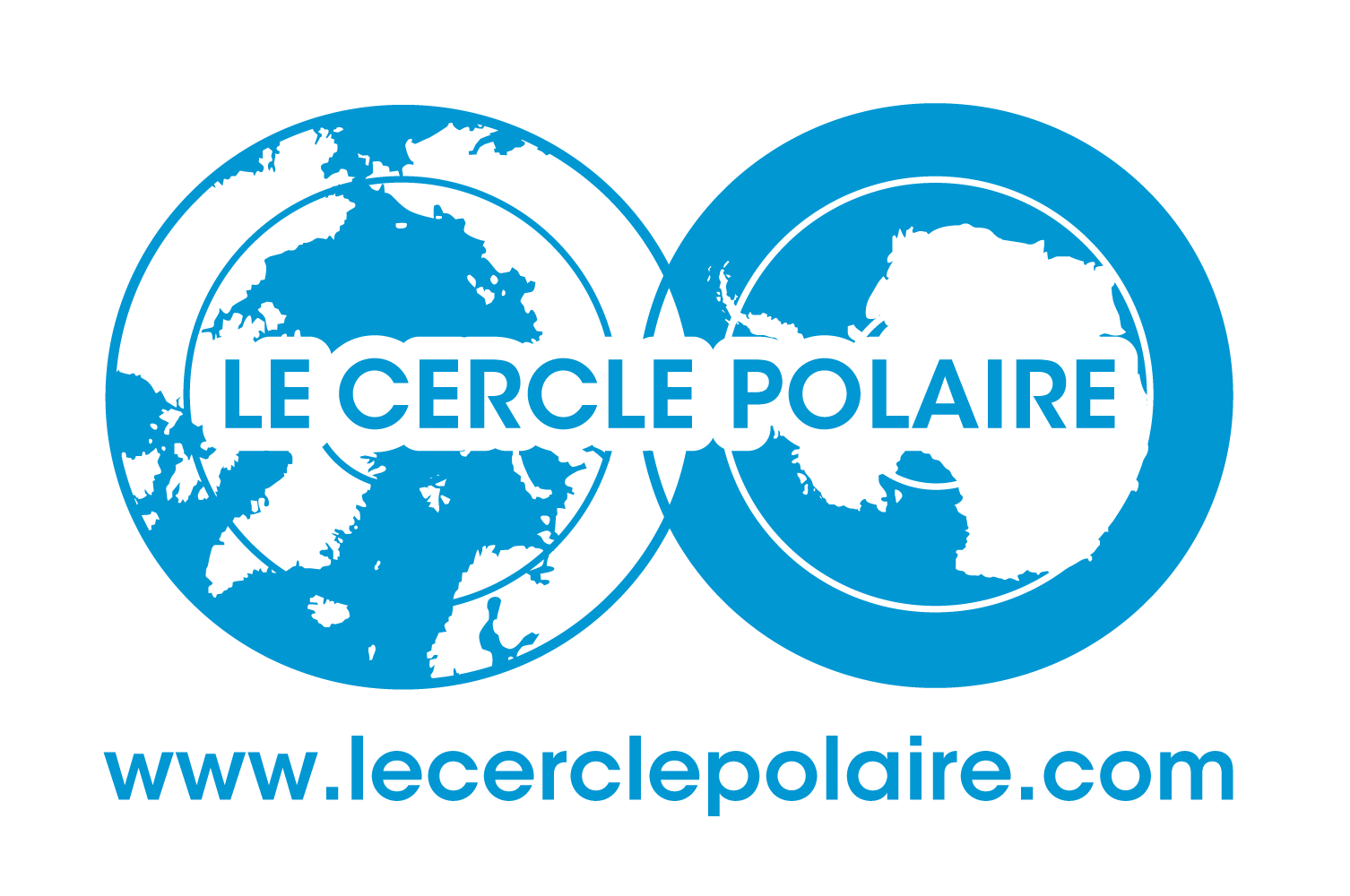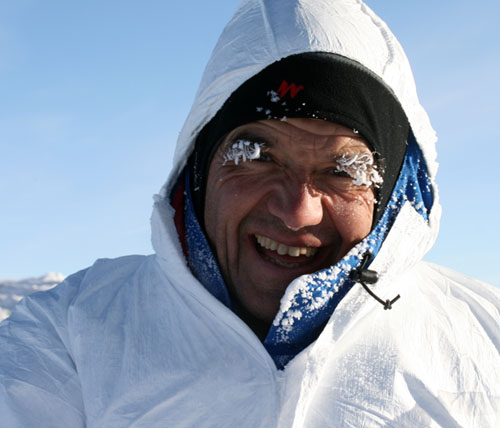
Glaciologue • France
Jean Robert Petit, est directeur de recherche au Laboratoire de Glaciologie et Géophysique de l’Environnent de Grenoble (CNRS, Université Joseph Fourier). Il s’intéresse aux reconstructions des climats au cours du Quaternaire à partir des carottes de glace extraites de l’Antarctique et depuis quelques années la caractérisation des environnements sous-glaciaires.
Il étudie les poussières émises des continents et celles des volcans qui sont transportées par la circulation atmosphérique jusqu’en Antarctique où elles se dépose sur la neige. Ces poussières sont des indicateurs des régions sources (déserts), des changements de la circulation atmosphérique, ou sont aussi des marqueurs stratigraphiques et aide à la datation de la glace. Jean Robert Petit a participé au forage de Vostok et à contribué à la production du premier enregistrement climatique couvrant les derniers 400.000 ans. Depuis, il participe aux études sur les autres forages réalisés dans le cadre de projets européens (Epica Dome C, Dronning Maud land, Talos Dome) et actuellement NEEM au Groenland.
Au site de forage de Vostok, le carottier qui a atteint 3667 m en 2008, et a pénétré un massif de glace formé par le gel de l’eau du lac sous glaciaire. Cette glace dite d’accrétion ouvre une fenêtre unique sur l’immense lac sous-glaciaire. Jean Robert Petit collabore actuellement avec des géochimistes et les biologistes Russes et Français pour caractériser ce milieu extrême.
Il a participé a 17 expéditions en Antarctique dont 13 campagnes à la station de Vostok. Après une maîtrise de Chimie Physique et une formation en géophysique avec le Professeur L Lliboutry il est rentré au CNRS en 1977 et a préparé une thèse en géochimie sous la direction de Claude Lorius.
Bibliographie
• Petit, J.R. and B. Delmonte, 2010. A model for large glacial-interglacial climate-induced changes in dust and sea salt concentrations in deep ice cores (central Antarctica): paleoclimatic implications and prospects for refining ice core chronologies
• Tellus B Narcisi, B., J.R. Petit, and B. Delmonte, 2010. Extended East Antarctic ice core tephrostratigraphy. Quaternary Science Reviews Delmonte B., P.S. Andersson, M. Hansson, H. Schöberg, J.R. Petit, I. Basile-Doelsch, V.Maggi, 2008. A eolian dust in East Antarctica (EPICA-Dome C and Vostok): provenance during glacial ages over the last 800 kyr, Geophysical Research Letters
• Lambert F., B. Delmonte, J. R. Petit, M. Bigler, P. R. Kaufmann, M. A. Hutterli, T. F. Stocker, U. Ruth, J. P. Steffensen, V. Maggi:Dust, 2008. Climate couplings over the past 800’000 years from the EPICA Dome C ice core. Nature, 452, 616-619
• Alekhina, I., D. Marie, J.R. Petit, V.V. Lukin , V.N. Zubkov, and S. Bulat, 2007. Molecular analysis of bacterial diversity in kerosene-based drilling fluid from the deep ice borehole at Vostok, East Antarctica, FEMS Microbiol. Ecol., 59, 289-299
• Narcisi, B., J. R. Petit, and C. Engrand, 2007. First discovery of meteoritic events in deep Antarctic (EPICA-Dome C) ice cores, Geophys. Res. Lett., 34
• EPICA Community Members, 2006, One-to-one coupling of polar climate variability, Nature, 444, 195-198
• Petit J.R., I. Alekhina and S. Bulat, 2005. Lake Vostok, Antarctica: Exploring a Subglacial Lake and Searching for Life in an Extreme Environment. In: Lectures in Astrobiology, Vol. I, Series: Advances in Astrobiology and Biogeophysics, Gargaud, M.; Barbier, B.; Martin, H.; Reisse, J. (Eds.), Springer, ISBN: 3-540-22315-0, p. 227- 288
• Bulat, S., Alekhina, I.A, Blot, M., J.R. Petit, M. de Angelis, D Wagenbach, V.Y. Lipenkov, L. Vasilyeva, D. Wloch, D. V.V. Raynaud Lukin, 2004. DNA signature of thermophilic bacteria from the aged accretion ice of Lake Vostok : implications for searching life in extreme icy environments, Int. J. of Astrobiology, 3, 1, 1-12
• EPICA Community Members, 2004. Eight Glacial cycles from an Antarctic ice core: Nature, 429, 623-628
• Ekaykin, A. A., V. Y. Lipenkov, N. I. Barkov, J.R. Petit and V. Masson-Delmotte, 2002. Spatial and temporal variability in isotope composition of recent snow in the vicinity of Vostok station, Antarctica : implications for ice-core record interpretation. Annals of. Glaciol., 35, 181-186
• Basile, I., J.R. Petit, S. Touron, F.E. Grousset, and N.I. Barkov, 2001, Volcanic layers in Antarctic (Vostok) ice cores : Source identification and atmospheric transport, J. Geophys. Res, 106 (D23), 31915-31931
• Jean-Baptiste, P., J.R. Petit, V. Y. Lipenkov, D. Raynaud and N. I. Barkov, 2001, Constraints on hydrothermal processes and water exchange in Lake Vostok from helium isotopes. Nature, 411, (6836) 460-462
• Jouzel, J., J.R. Petit, R. Souchez, N.I. Barkov, V.Y. Lipenkov, D. Raynaud, L. Stievenard, N.I. Vassiliev, V. Verbecke, and F. Vimeux,, 1999. More than 200 meters of lake ice above subglacial Lake Vostok, Antarctica. Science, 286, 2138-2141
• Petit, J.R., J. Jouzel, D. Raynaud, N.I. Barkov, J.M. Barnola, I. Basile, M. Bender, J. Chappellaz, M. Davis, G. Delaygue, M. Delmotte, V.M. Kotlyakov, M. Legrand, V.Y. Lipenkov, C. Lorius, L. Pepin, C. Ritz, E. Saltzman, and M. Stievenard, 1999, Climate and atmospheric history of the past 420,000 years from the Vostok ice core, Antarctica, Nature, 399 (6735), 429-436
• Jouzel, Jean, L. Merlivat, Jean-Robert Petit and Claude Lorius, Climatic information over the last century deduced from a detailed isotopic record in the south pole snow. Journal of Geophysical Research, 88, (C4) 2693-2703, 1983
• Briat, M., Jean Jouzel, Claude Lorius, Liliane Merlivat, Jean-Robert Petit and Dominique Raynaud, 1982. Ice age atmospheric CO² , aerosols and relative humidity as deduced from ice core studies : data for climate modelling. EOS, 63, (51)
• Petit, Jean-Robert, M. Briat and A. Royer, 1981. Ice age aerosol content from East Antarctic ice core samples and past wind strength. Nature, 293, (5831) 391-394
• Petit, Jean-Robert, 1972.Bilans annuels, transformation du névé en glace, teneur en eau de la glace profonde (Vallée Blanche supérieure, Massif du Mont-Blanc). Thèse de 3e cycle de l’Université Scientifique et Médicale de Grenoble, 78p
© Le Cercle Polaire – Octobre 2008 – Tous droits réservés

